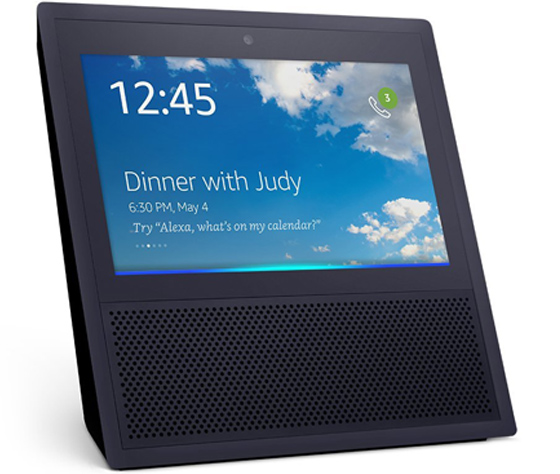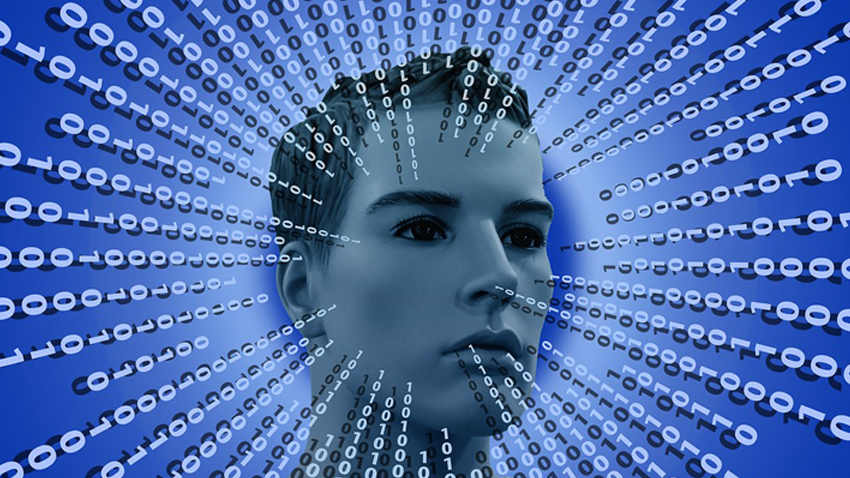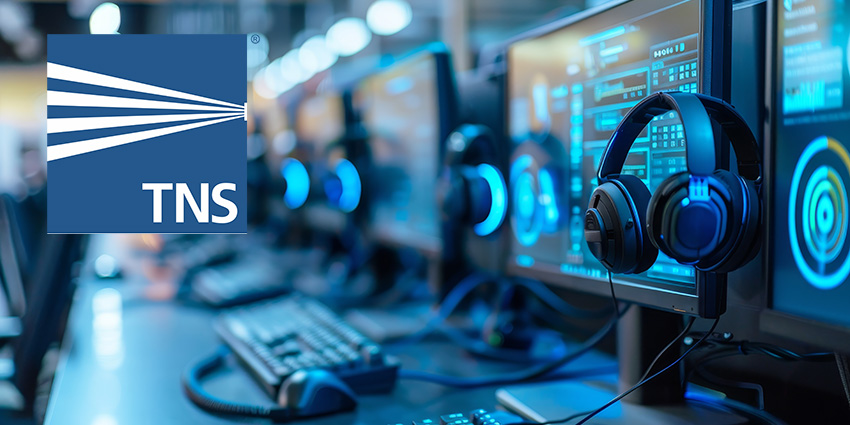Back in January, CES introduced headlines on how Artificial Intelligence was taking centre stage as the key technology for the year. We’ve already seen how AI has emerged on the consumer side of things, with things like Cortana, Siri, and Alexa changing the way we communicate and search. But, what does all this mean for the growth of enterprise?
Well, first, only moments after the announcement of the “Echo Show” from Amazon, Cisco revealed that they would be purchasing “MindMeld” a company known for pioneering technology for intelligent conversational solutions. Cisco’s Rob Salvagno noted that the acquisition of MindMeld would enhance the business’s collaboration suite, with brand new services for Cisco Spark.
The question is, where are we with AI today, and where did we come from?
The Evolution of AI
The development of AI over the years began long before today, but it was driving across a bumpy road of available technology, and limited funding. The first digital speech recognition tool was introduced in 1961, and by 1980, speech recognition devices could identify thousands of years. Unfortunately, the development stopped somewhere in the 1990s, when recognition accuracy topped out at 80%.
In 2008, things began to change again, as voice search was added to the Blackberry Pearl version of Google Maps. Google’s work solved two of the most significant issues in the space by using the Google data warehouse for search query accuracy. Since then, we’ve started to see more dramatic progress in the growth of AI, focusing on the development of intelligent systems that communicate effectively with people.
The Challenges Facing Artificial Intelligence
While it’s safe to say that AI has made significant strides, today’s speech recognition solutions using natural language processing comes with its challenges. Unfortunately, the current virtual assistants aren’t very smart. They don’t understand people but instead search through data patterns to provide responses. So, what must happen next in AI for these challenges in communication to be overcome?
One of the most appealing areas of development right now is the growth of intelligent, conversational interfaces that know how to understand speech, and communicate with natural language. For instance, “Viv”, is a company that was designed by the developers of Siri, and purchased during 2016 by Samsung. Viv created a platform capable of solving problems and reasoning on its own, by writing programs to seek a solution. Recent demonstrations have shown that Viv can answer highly complicated and multi-functional requests that other devices simply wouldn’t understand.
How AI Will Impact the Industry of the Future

As we’ve already begun to see in the consumer market, the voice interface for the intelligent automation of commercial devices ranging from AV to environmental is likely to become more common as conversational technology improves. We’re already seeing developments in voice-enabled rooms for medical facilities, enterprises, hotels, and various other environments. If you add scheduling to the current intelligent environment, then life becomes easier for professionals.
Ultimately, every aspect of the industry has the ability to transform in the hands of AI. As demonstrated by the Echo Show release, the future of AI isn’t limited to conversational interfaces either. Instead, deep learning is driving the development of visual applications. For instance, imagine the outcome of combining today’s collaborative apps with the analytic and image recognition technology of tomorrow.
In terms of video, healthcare could be an incredible target area for AI. For instance, biometric facial recognition could be used with patients, alongside automated image interpretation for the purpose of diagnostics. On top of that, public safety and security could become simpler. With an estimated 30 million security cameras in the US, Ai analytics could detect anomalies that predict crime, and enhance public safety.
When it comes to Artificial Intelligence, the opportunities are endless.







